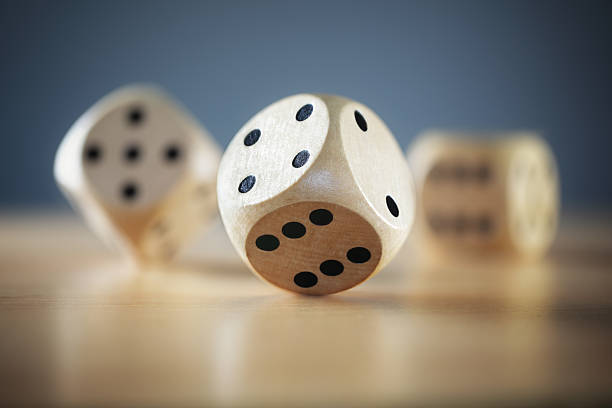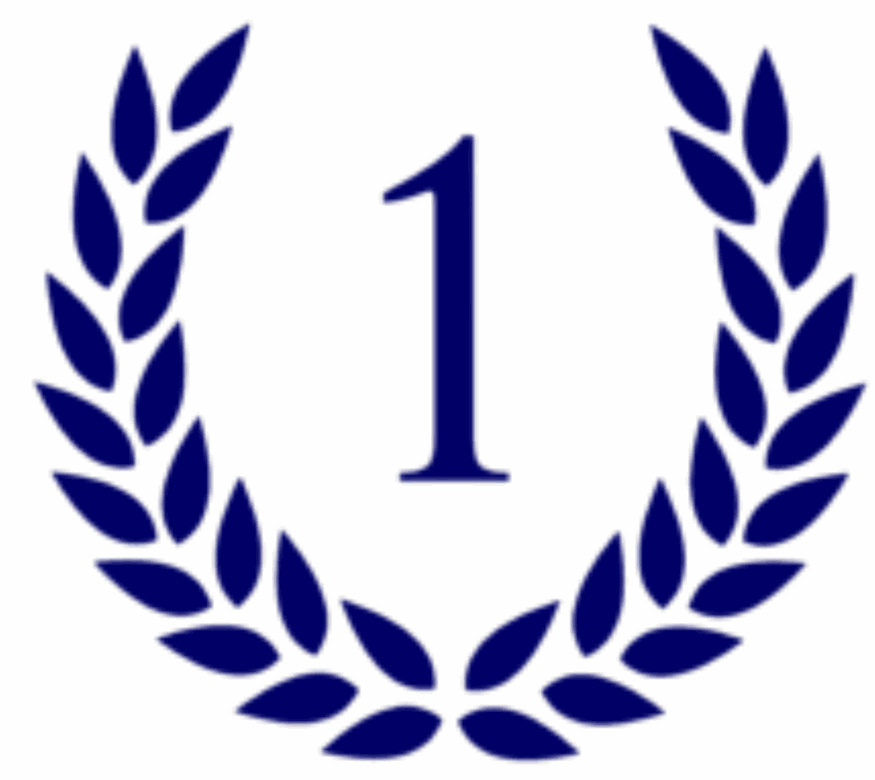
Probability is all about working out how likely something is to happen. It is the maths of chance. We use numbers between 0 and 1 to describe probability, or percentages between 0% and 100%. A probability of 0 means the event is impossible, and a probability of 1 (or 100%) means it is certain. For example, the chance of the sun rising tomorrow is 100%, while the chance of rolling a 7 on a standard six-sided dice is 0%.
Everyday life is full of probability. When you check the weather app, it might say there is a 30% chance of rain. That means rain is possible, but unlikely. If it says 80% chance of rain, then it is quite likely you will need an umbrella.
Probability can also be described in words like impossible, unlikely, even chance, likely, and certain.For instance, pulling a red card from a pack of playing cards is likely, because about half the cards are red. Flipping a coin and landing on heads has an even chance, because heads and tails are equally possible.
In school, probability is often shown with coins, dice, spinners, and cards. If you roll a dice, there are six possible numbers. Each number is equally likely, so the chance of rolling any specific number is the same. If you are asked about rolling an even number, there are three numbers that count as even (2, 4, and 6), so the chance is bigger compared to rolling just one specific number.
Another important idea is opposites in probability. If something has a certain chance of happening, the opposite has no chance. For example, if the chance of choosing a blue marble is 40%, then the chance of not choosing a blue marble must be 60%. Together they always add up to 100%.
Probability is useful in making decisions, playing games fairly, and understanding risks. From sports predictions to weather forecasts, probability helps us make sense of uncertainty in the world around us.
David

